Hamburg-based Beagle has secured €5 million ($5.4 million) in seed funding to expand its long-range drone monitoring operations for critical energy infrastructure, according to co-founder Oliver Lichtenstein. The round was co-led by AENU and PT1, building on the company’s previous €1.9 million ($2.05 million) pre-seed funding and €2 million ($2.16 million) in grants, reports TechCrunch.
“Computer with Wings”: Beagle’s Autonomous Monitoring Solution
The German startup has developed specialized drones that function as “computers with wings” capable of autonomous long-range flights for inspecting energy infrastructure such as pipelines and electricity networks. Their solution eliminates the need for expensive helicopter operations traditionally used for such inspections while offering significantly improved data collection capabilities.
Beagle’s technology provides compliance with EU airspace regulations for unmanned long-range monitoring, with no personnel required on-site. The company operates on a data-as-a-service model, charging customers per kilometer of pipeline monitored. This approach has already yielded positive cash flow in their German operations, according to Lichtenstein.

Competitive Edge in a Growing Regulatory Market
The service works through a streamlined process where operators submit geographical data of their grid to Beagle and receive a quote based on per-kilometer pricing for either methane detection or hazard detection services. Beagle claims their drones provide 75 times the resolution of satellite imagery while offering lower emissions and costs compared to airplane or helicopter alternatives.
While competing with established solutions like Intero, the Adlares CHARM helicopter, and Nearmap (US), Beagle maintains competitive advantages through its EU regulatory compliance and “Made in Germany” designation. The company currently has Operational Approval for flights across approximately 80% of EU airspace, excluding only densely populated areas.
Beyond Civilian Use: Potential Security Applications
The timing aligns with increasing regulatory requirements for infrastructure monitoring. The EU methane regulation now mandates emissions tracking, with the US expected to implement similar requirements. This regulatory environment creates an estimated €2 billion ($2.16 billion) market in the EU alone.
Although Beagle currently focuses exclusively on civilian applications, PT1 Managing Partner Nikolas Samios noted the broader potential: “In a world where critical infrastructure is being attacked, it has never been more important to have real-time surveillance for critical infrastructure – from energy lines to telecommunications… so the potential applications of this tech are very broad.”

The technology’s dual-use capabilities for monitoring infrastructure damaged in conflict zones remains an unspoken but evident possibility, particularly as critical infrastructure security becomes increasingly important globally.
Lichtenstein brings valuable regulatory expertise from his previous role with the Drone Advisory board in the German Ministry of Transport. He co-founded Beagle with Jerry Tang (Robotics Engineer), Mitja Wittersheim, and Bendix Böttger (former Head of Sales DACH for Trustpilot).
As energy security concerns grow worldwide, Beagle’s technology represents a significant advancement in infrastructure monitoring capabilities that could reshape how utilities manage their networks in both routine operations and crisis scenarios.
Photos courtesy of Beagle.
Discover more from DroneXL.co
Subscribe to get the latest posts sent to your email.

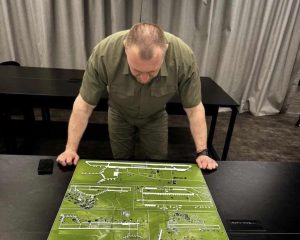
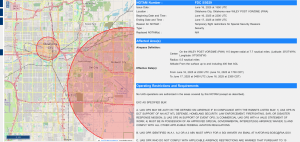
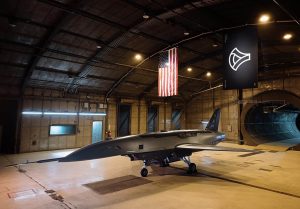

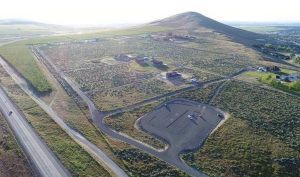
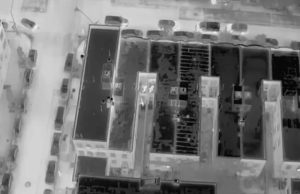


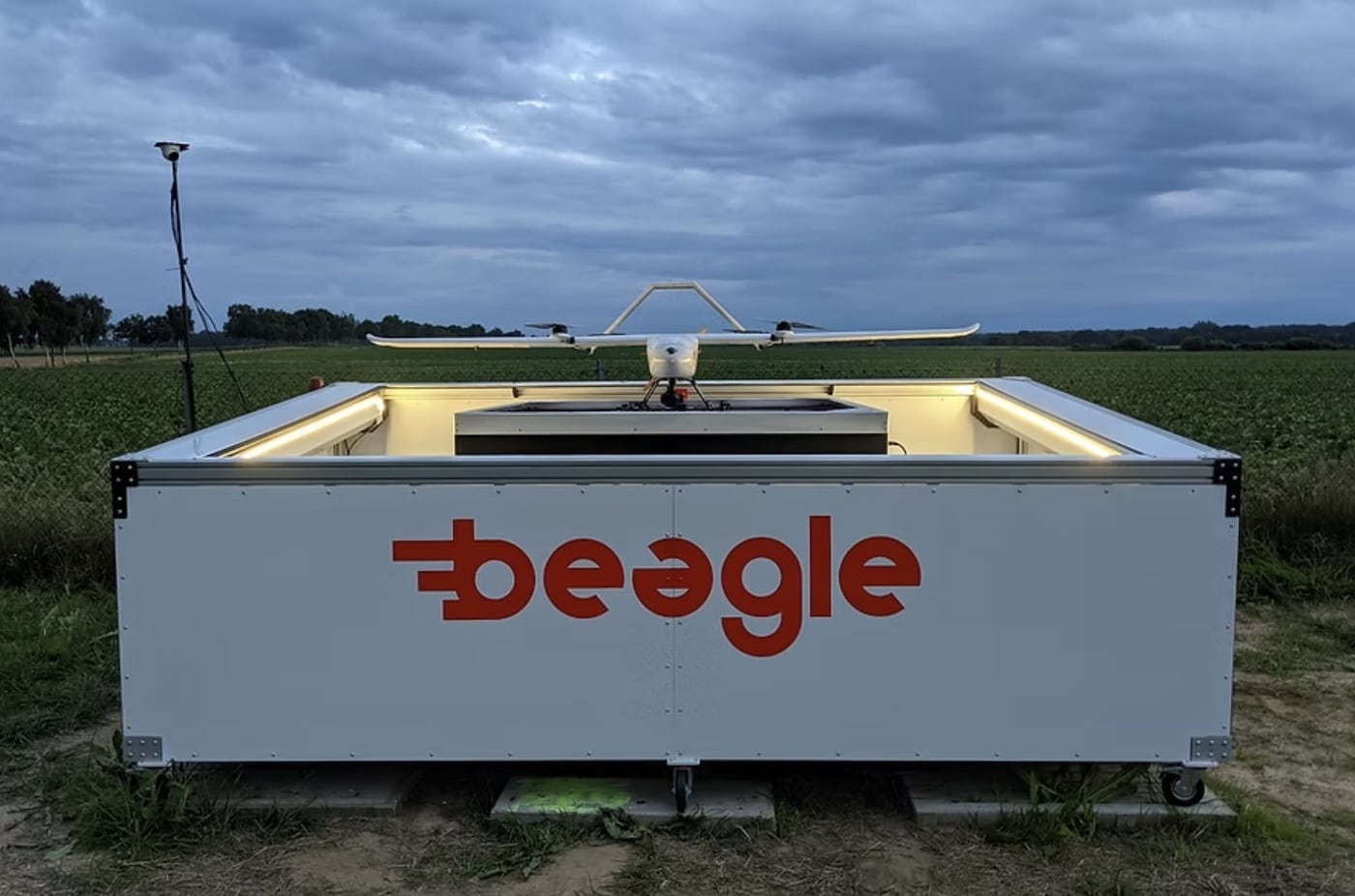
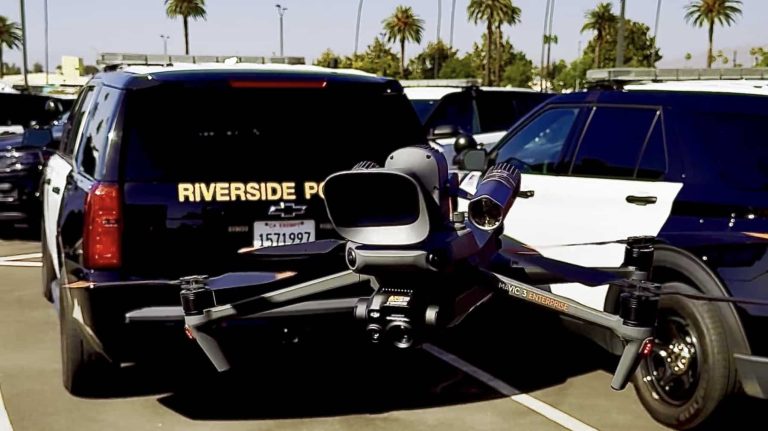
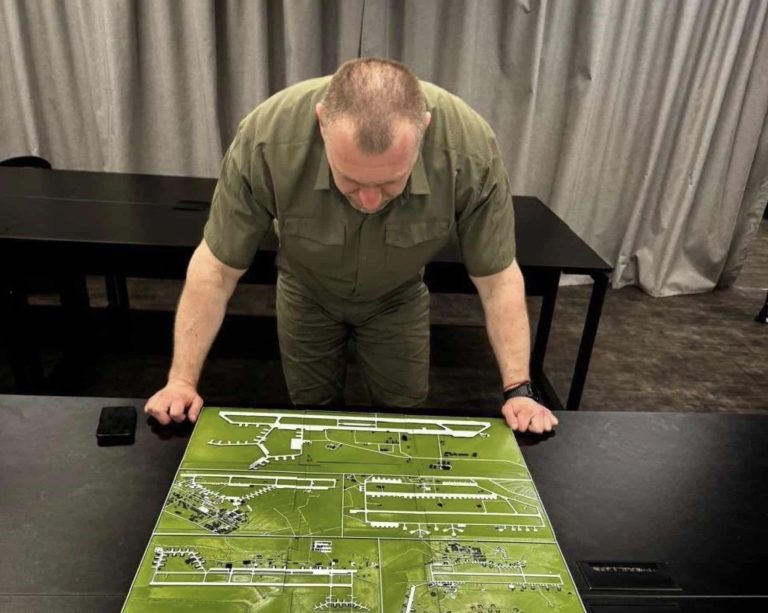
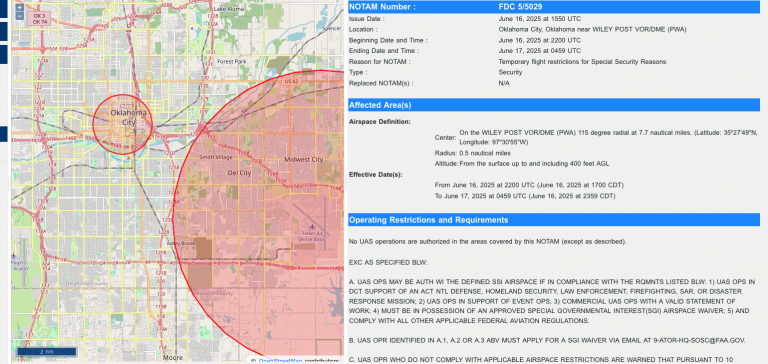
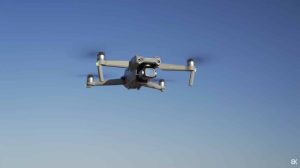

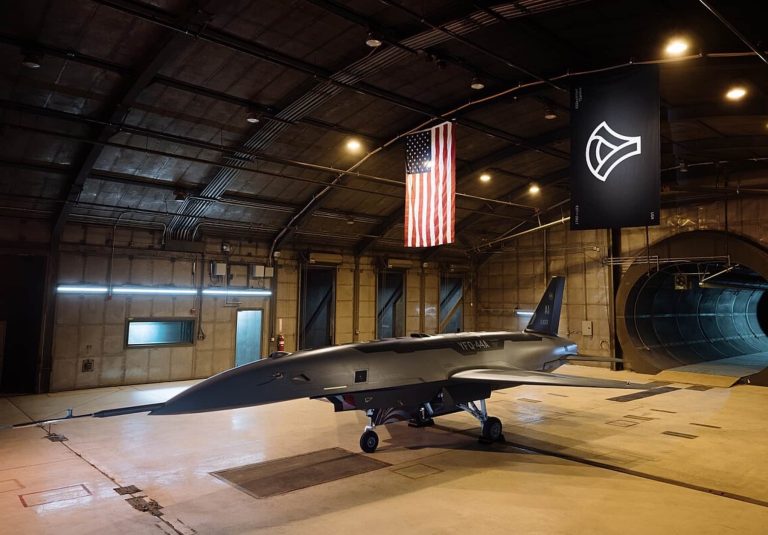

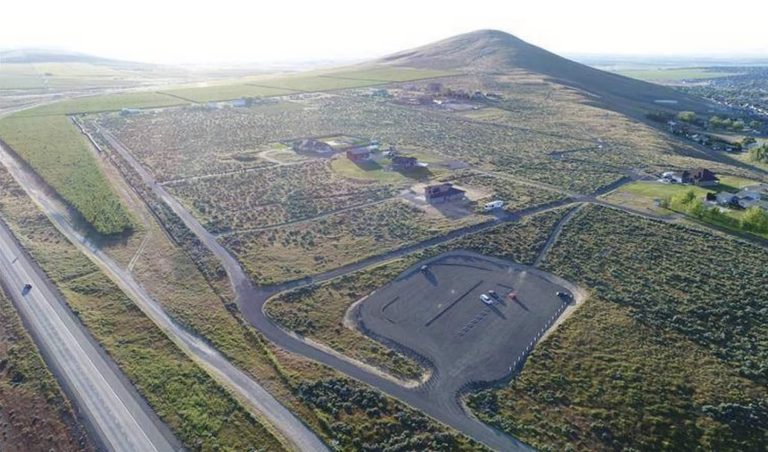
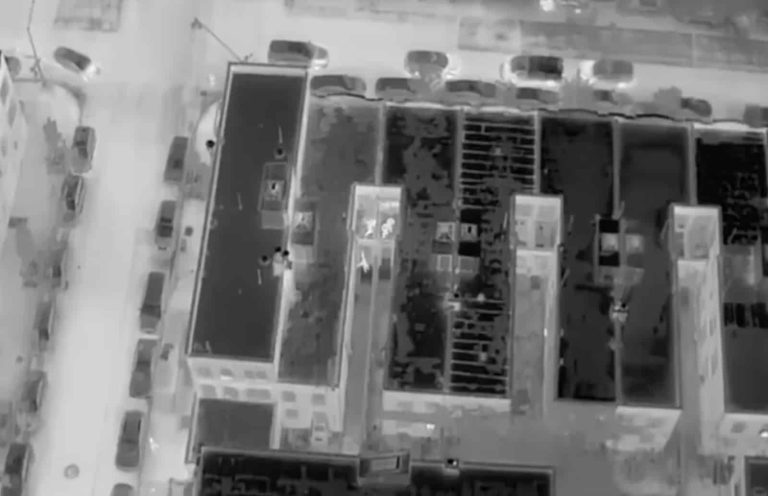
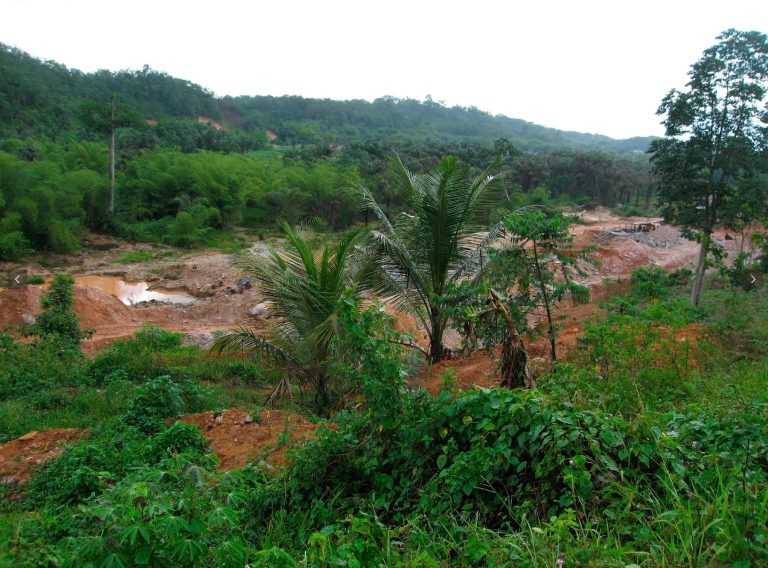
+ There are no comments
Add yours